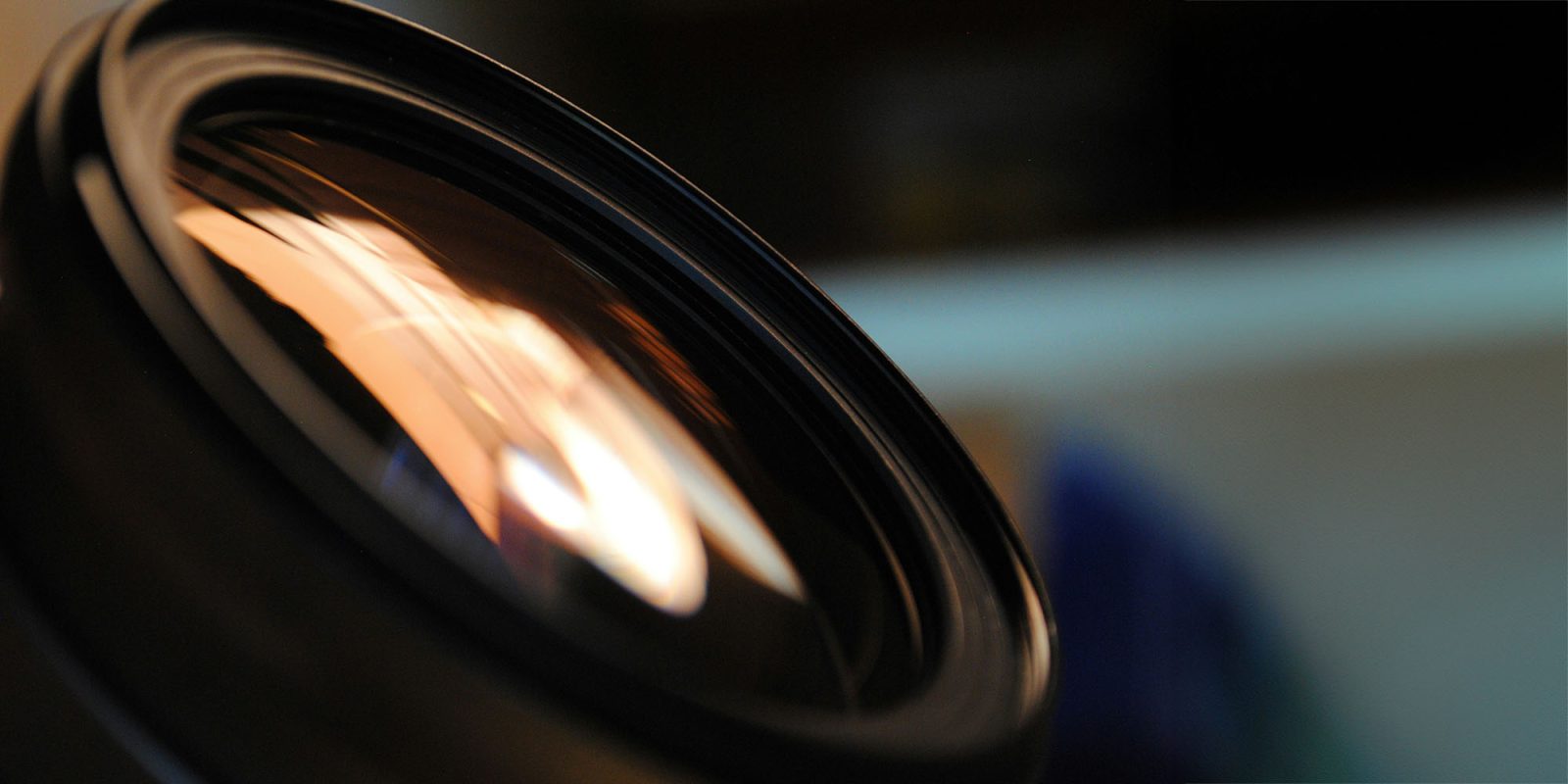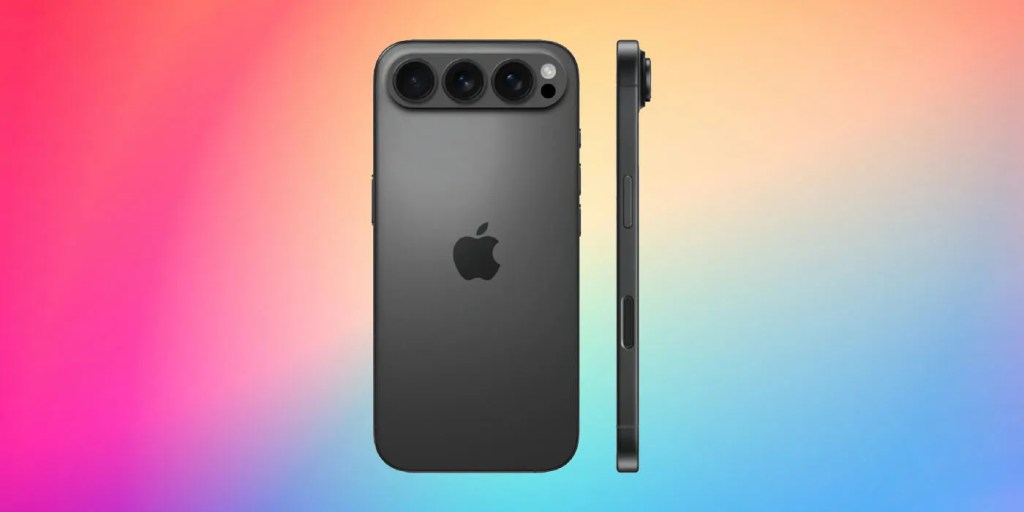
Two credible leakers are in conflict regarding the camera layout of the iPhone 17.
The first claims that the iPhone 17 Pro will feature a horizontal arrangement within a module styled similarly to the Dynamic Island, while the second argues that the camera module design is indeed evolving, but retains the triangular configuration.
Last week, Weibo user Digital chat station shared a rendering of a camera module showcasing three lenses arranged side-by-side within a horizontal bar with rounded ends. They clarified that this is just a conceptual visualization and not a leaked image, stating that the iPhone 17 “has indeed been altered to this design.”
Here’s the render they shared:

Digital chat station had previously shared accurate leaks about the telephoto lens moving to the iPhone 16 Pro (which was previously exclusive to the iPhone 15 Pro Max) and the increase in sensor size for the main camera this year.
Countering this is Instant Digital, who has correctly leaked information regarding the yellow iPhone 14 and the front-facing camera design for the current iPad Air.
My informant told me that while the back design has changed, the arrangement of the three cameras remains triangular, rather than adopting the horizontal bar that is circulating online.
They did not elaborate on the specifics of the change.
DMN’s Perspective
In my previous analysis, I highlighted a particular aspect of the proposed horizontal layout that seemed illogical:
We’ve observed other horizontal camera designs, with some suggesting that Chinese brand Meizu was an early pioneer; however, in that instance, the lenses are vertically aligned rather than horizontally—which actually seems more logical to me since most photography and videography occur in landscape orientation.
Typically, we prefer spatial video to be shot in landscape mode, making a vertical arrangement—placing the cameras side-by-side when the phone is held horizontally—more practical.
However, this disagreement illustrates the challenges in relying on supply chain information to predict Apple’s intentions, as there are numerous factors that can lead to inaccuracies.
Apple frequently experiments with various concepts and may consult different suppliers about these potential designs, for instance, to assess the manufacturing feasibility of a specific idea.
They might also ask suppliers for component samples that suggest a particular direction, which could eventually be abandoned for production.
Furthermore, Apple likely utilizes intentional misdirection from time to time to obscure their actual plans, encouraging leaks that hint at one scenario while the genuine strategy is something entirely different.
Photo by Jose Castillo on Unsplash
FTC: We utilize income-generating auto affiliate links. More.




